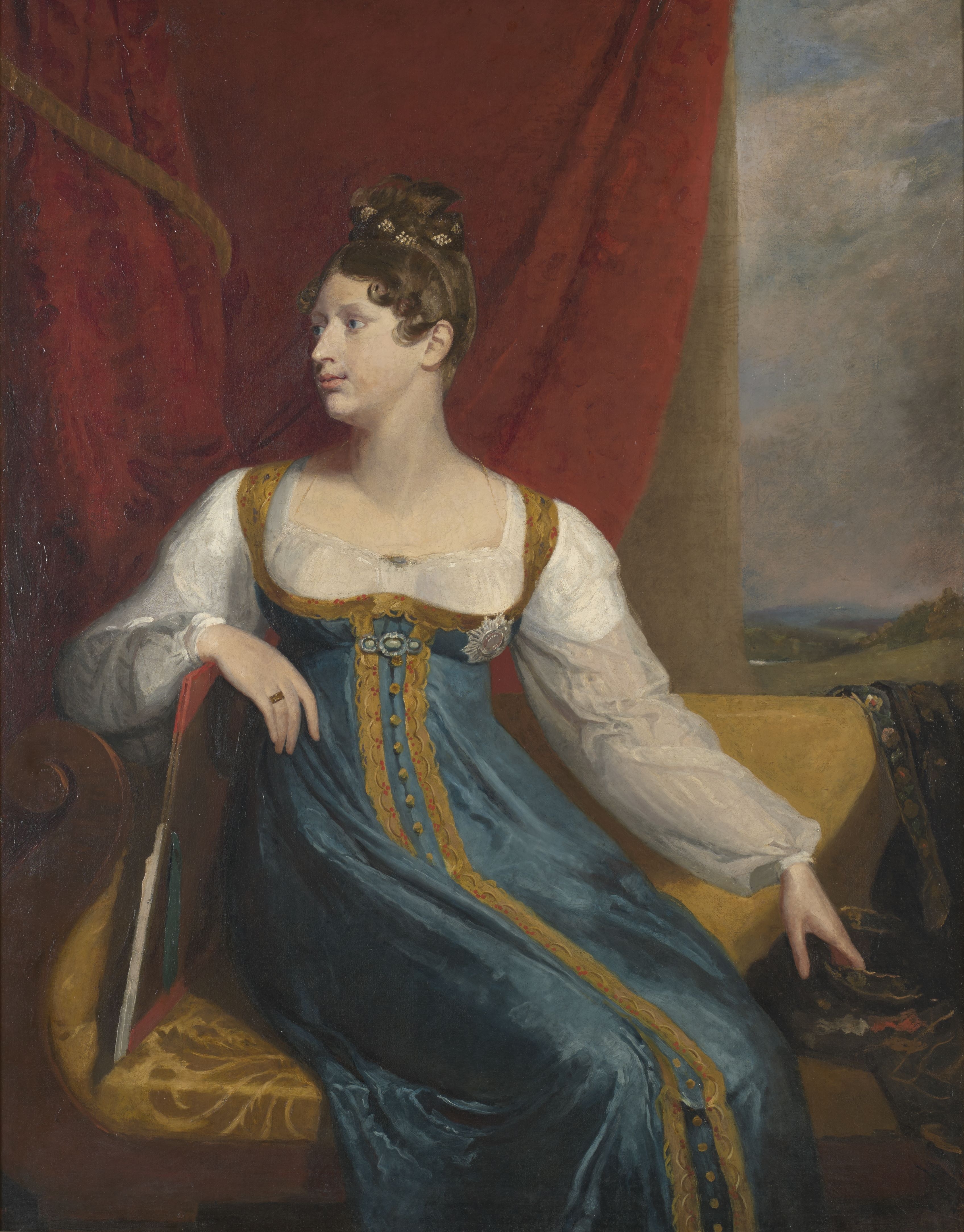A Bump in the Road
Two years ago on the Thursday before Easter, I was diagnosed with breast cancer. I believed God was calling me home. I was so stressed about leaving my family because without me here who would pray them into heaven? It took me three days to let go. On the third day I realized He didn’t need my help and it would be easier to pray from heaven because the devil wouldn’t be able to interfere there.
As I let go of them and accepted whatever God had in store for me, my faith began to arise. My prayer was “Let me do this with grace and dignity.” He did. Through radiation therapy because I was so tired, I cried all the way to my treatments. When it was over I went back to work. I look back on it now and that mountain I climbed looks like a little bump in the road. Isn’t it strange how when we are in the midst of a trial it looks so big, yet when it is over we look back and its size seems to diminish?
I wonder if we told ourselves at the beginning of each trial, “Soon it will be just a bump in the road,” if we would get through it faster. Having the faith to believe God is going to help us find our way out sets the stage for the enemy’s defeat. Satan loves to slam us into a wall wanting us to feel overwhelmed and defeated from the beginning. I have found it really frustrates him when I trust God to bring me through from the outset.
Obviously He wasn’t ready for me two years ago, but when He is I’ll be ready. Life has new meaning for me now. Going through the ordeal of cancer and the multiple surgeries it required has made me stronger. For me ‘what doesn’t kill us makes us stronger’ has been proven true. This year the trials I am facing are even more difficult than surviving cancer, but I know from experience He is in control and His will will be done. He has my best interests at heart and no matter how difficult life on earth becomes, He will help me through. This time I am choosing to see the bump instead of the mountain.
If you are going through a hard place, remember, He is faithful forever. I like to think about how Jesus spent the three days from Good Friday to Easter Sunday. My favorite part is when He took the keys away from Satan. Can’t you see him cowering and sniveling? And what did our wonderful Savior do with them? He gave them to us. Now we have the same power He used to send the enemy away sniveling and cowering to lick his wounds. WOO HOO!
Originally posted 2012-04-04 10:00:00.





 Kristi here with special guest Julie Klassen!
Kristi here with special guest Julie Klassen!
 KAH: Which of your books was the most fun to write?
KAH: Which of your books was the most fun to write?

 Eating hot cross buns on Good Friday is a longstanding English tradition. A hot cross bun is made from yeast dough and contains sugar, milk, flour, butter, eggs, and a variety of spices. Today, icing is often used to create the cross on hot cross buns, but during the regency it was most likely formed with a knife. The idea of consuming and bread in as a religious ceremony is well known, and some even say that the tradition is tied to the blessing that Jesus gave a woman who offered him bread while he was carrying the cross to Calvary. During the days leading up to Good Friday, the streets would be alive with vendors selling hot cross buns. In fact, this practice is the basis for the nursery rhyme:
Eating hot cross buns on Good Friday is a longstanding English tradition. A hot cross bun is made from yeast dough and contains sugar, milk, flour, butter, eggs, and a variety of spices. Today, icing is often used to create the cross on hot cross buns, but during the regency it was most likely formed with a knife. The idea of consuming and bread in as a religious ceremony is well known, and some even say that the tradition is tied to the blessing that Jesus gave a woman who offered him bread while he was carrying the cross to Calvary. During the days leading up to Good Friday, the streets would be alive with vendors selling hot cross buns. In fact, this practice is the basis for the nursery rhyme:




 I recently had the privilege of reading Heart’s Safe Passage by one of our fellow bloggers here at Regency Reflections, Laurie Alice Eakes.
I recently had the privilege of reading Heart’s Safe Passage by one of our fellow bloggers here at Regency Reflections, Laurie Alice Eakes.

_by_Albert_Anker%2C_Sotheby's.jpg)
_-_Aldolphe_William_Bougvereav.png)





